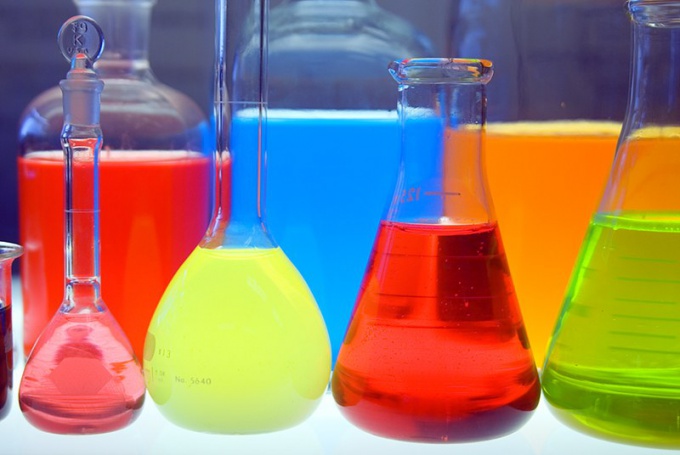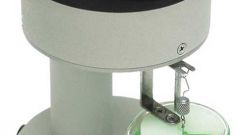You will need
- Table of density of a substance;
- calculator.
Instruction
1
There is a formula, which connects three characteristics: volume, mass and density: m = PV
Symbols for these parameters have the following form:
V – volume in ml
m is the mass, g
R – density, g/ml
The simplest example is to consider the calculations of water, which has a constant density equal to 1 g/ml.
Symbols for these parameters have the following form:
V – volume in ml
m is the mass, g
R – density, g/ml
The simplest example is to consider the calculations of water, which has a constant density equal to 1 g/ml.
2
Example No. 1. Calculate the mass of water if its volume is 500 ml.
Write down the formula m = PV
The substitute data value condition:
m (water) = 1 g/ml x 500 ml = 500 g
Write down the formula m = PV
The substitute data value condition:
m (water) = 1 g/ml x 500 ml = 500 g
3
Similarly, it is possible to translate ml to grams, not only for water but also other substances. It's important to know the density values, which are reference material. They can be found in textbooks of physics, chemistry, or the web. In addition, sometimes the volume can be given in milliliters and in liters, cubic centimeters or meters. In this case, the suggested data must necessarily convert to milliliters, and then carry out further calculations.
4
Example No. 2. Calculate the mass of vegetable oil if its volume is 200 ml.
The density of vegetable oils of different types varies in the range of 0,87-0,98 g/cm3 or 0,87-0,98 g/ml. If you know the specific density of oil, it is easy to calculate the mass.
For example, a density of 0,93 g/ml.
Substitute this value into the formula m = PV
m (oil) = 0,93 g/ml x 200 ml = 186 g
The density of vegetable oils of different types varies in the range of 0,87-0,98 g/cm3 or 0,87-0,98 g/ml. If you know the specific density of oil, it is easy to calculate the mass.
For example, a density of 0,93 g/ml.
Substitute this value into the formula m = PV
m (oil) = 0,93 g/ml x 200 ml = 186 g
5
If necessary, the same equation, you can perform a reverse allocation, that is, we convert grams to milliliters.
Example No. 3. Calculate the volume of water if its mass is 500 g.
Write down the formula m = PV
Print from it the volume V = m / V
Substitute offered in the condition value:
V (water) = 500 g / 1 g/ml = 500 ml
Example No. 3. Calculate the volume of water if its mass is 500 g.
Write down the formula m = PV
Print from it the volume V = m / V
Substitute offered in the condition value:
V (water) = 500 g / 1 g/ml = 500 ml
Useful advice
The calculations should take into account that the density of the same substances may vary depending on their concentration. These data are also listed in the directories.







